35 Fascinating Facts About Women's History Month
"Hearst Magazines and Yahoo may earn commission or revenue on some items through these links."
It’s hard to fathom that less than a century ago, women in the United States were not given many of the same freedoms as their male counterparts — including the right to vote.
That’s why it’s important to celebrate Women’s History Month in March of 2024 to recognize the tremendous strides that women have made over the decades. It’s also a great opportunity to read up on Women's History Month facts to gain insightful knowledge about issues pertaining to women.
While much progress has been made, unfortunately, women are still facing systemic discrimination and injustices across various aspects of life. That’s why International Women’s Day is celebrated globally on March 8, to spotlight issues such as gender equality, reproductive rights, and educational rights for women and girls across the globe.
Learning about historic women, shopping from women-owned businesses, sharing empowering facts, and reading Women's History Month quotes are all great ways to honor the brave women who have fought for change and continue to fight.
1. The first Women's History Day was held in 1909.
February 28, 1909 marked the first Woman's History Day in New York City. It commemorated the one-year anniversary of the garment workers' strikes when 15,000 women marched through lower Manhattan. From 1909 to 1910, immigrant women, who worked in garment factories, held a strike to protest their working conditions. Most of them were teen girls who worked 12-hour days. In one factory, Triangle Shirtwaist Company, employees were paid only $15 a week, which equates to roughly $500 in 2024's financial climate. History.com describes it as a "true sweatshop." Young women worked in tight conditions at sewing machines, but factory owners didn't keep the factory up to safety standards. In 1911, the factory burned down, and 145 workers were killed. It pushed lawmakers to finally pass legislation meant to protect factory workers.
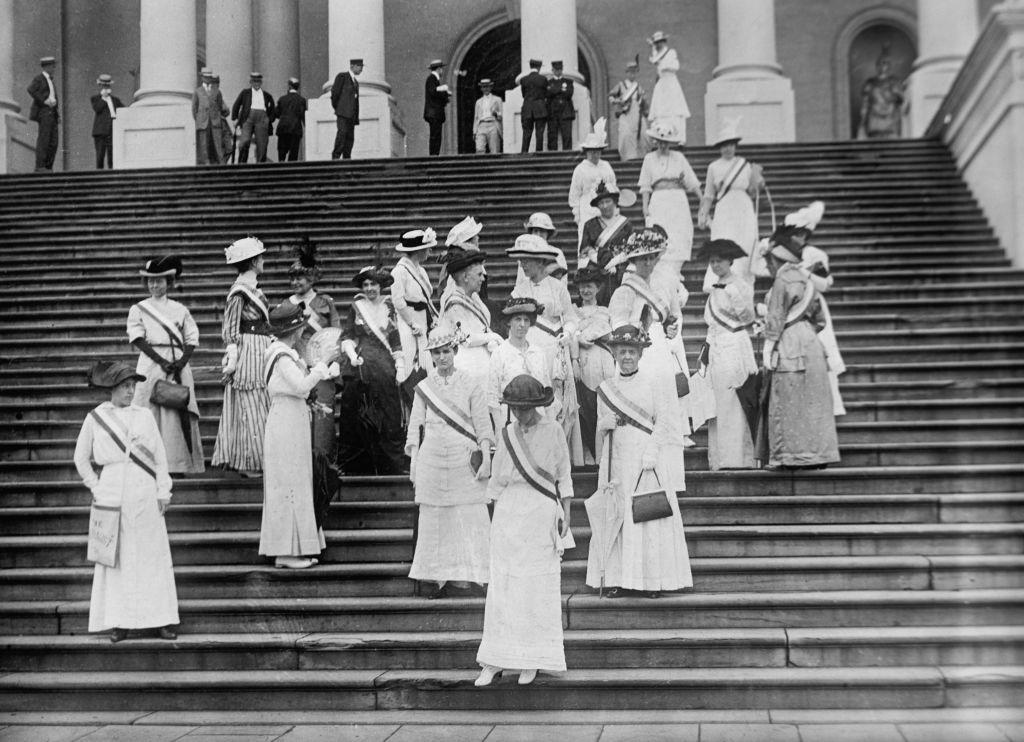
2. The day became Women's History Week in 1978.
An education task force in Sonoma County, California kicked off Women's History Week in 1978 on March 8, International Women's Day, according to the National Women's History Alliance. They wanted to draw attention to the fact that women's history was brushed over in K-12 school curriculums at the time.
3. In 1987, Women's History Month began.
Women's organizations, including the National Women's History Alliance, campaigned yearly to recognize Women's History Week. In 1980, President Jimmy Carter declared the week of March 8 Women's History Week across the country. By 1986, 14 states had declared the entire month of March Women's History Month, according to the Alliance. The following year, in March of 1987, activists were successful: They lobbied Congress to declare March Women's History Month.
4. The president declares every March Women's History Month.
Since 1995, every president has issued a proclamation declaring March Women's History Month, usually with a statement about its importance.
5. Every Women's History Month has a theme.
The Women's History Month theme for 2024 celebrates “Women Who Advocate for Equity, Diversity, and Inclusion.” This year the National Women's History Alliance “will recognize women throughout the country who understand that, for a positive future, we need to eliminate bias and discrimination entirely from our lives and institutions.”
Last year's theme was Celebrating Women Who Tell Our Stories. The National Women's History Alliance aimed to encourage the recognition of women, past and present, who have been active in all forms of media and storytelling including print, radio, TV, stage, screen, blogs, podcasts, news, and social media.
6. Wyoming Territory was the first place in the U.S. to grant women the right to vote.
Never take it for granted that you can vote, ladies. The Wyoming Territorial legislature gave every woman the right to vote in 1869, according to History.com. Wyoming also elected the country's first woman governor, Nellie Tayloe Ross, in 1924.
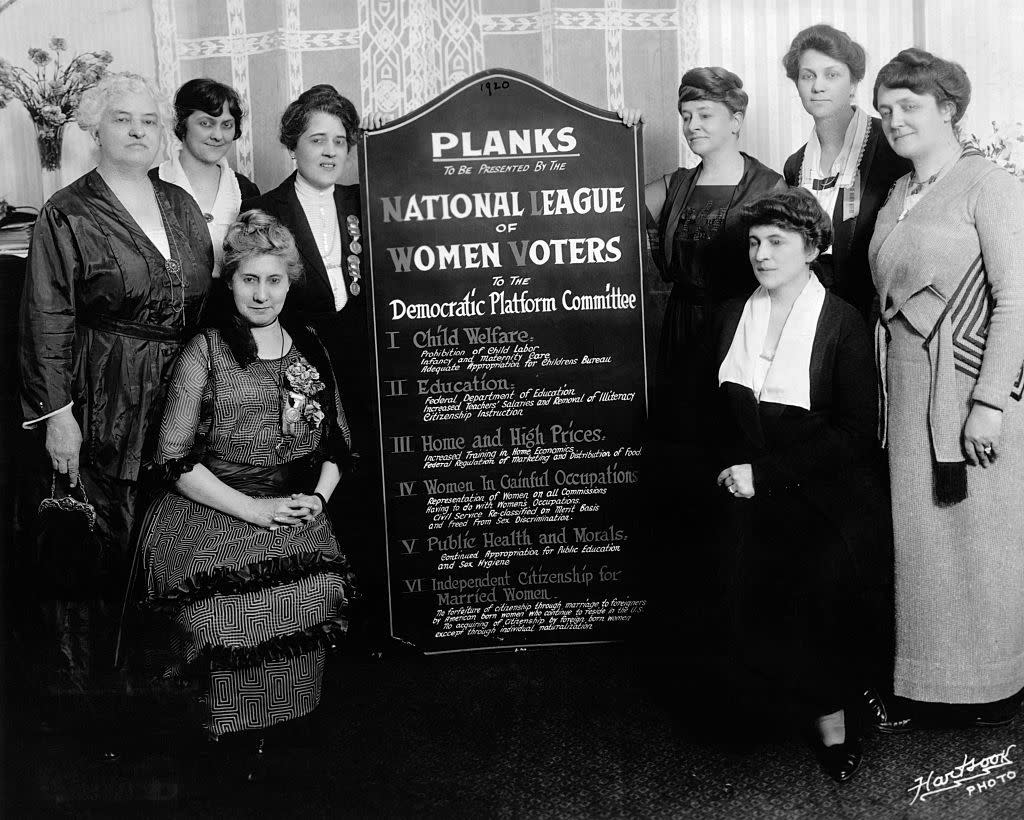
7. The 19th Amendment didn't give all women the right to vote.
The 19th Amendment, which granted women the right to vote, was signed into law on August 26, 1920. But at the time, a number of other laws prohibited Native American women, Black women, Asian American women, and Latinx women from voting, among others. It wasn't until 1924 that Native women born in the United States were granted citizenship, allowing them to vote. Asian American immigrant women received voting rights in 1952, and Black women in 1965. Last of all, it wasn't until 1975 that non-English speaking women were granted voting rights with an extension to the Voting Rights Act of 1965. This included predominantly Latinx women.
8. It wasn't until 1965 that women of all races could legally vote.
Even after 1924, Native women and other women of color were prevented from voting by state laws such as poll taxes and literacy tests. It wasn't until 1965, when President Lyndon B. Johnson signed the Voting Rights Act into law, that discriminatory tactics such as literacy tests were outlawed and women could vote.
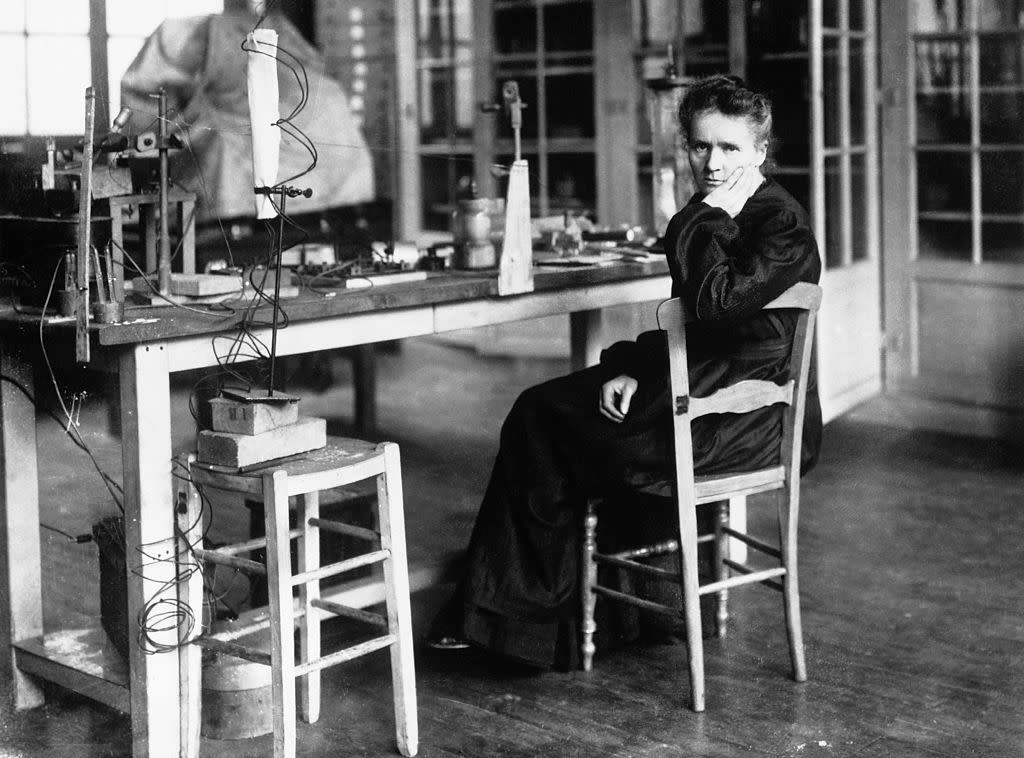
9. Marie Curie was the first person (and only woman) to receive two Nobel prizes.
Curie was a scientist whose research on radioactivity led her to discover two new elements. She also researched the atom, and her findings have been integral in scientific advancements related to atomic bombs and medicine, according to Scientific American. She was the first woman to win a Nobel Prize, as well as the first person and only woman to win two Nobel Prizes. She won the Nobel Prize in physics in 1903 and the Nobel Prize in chemistry in 1911.
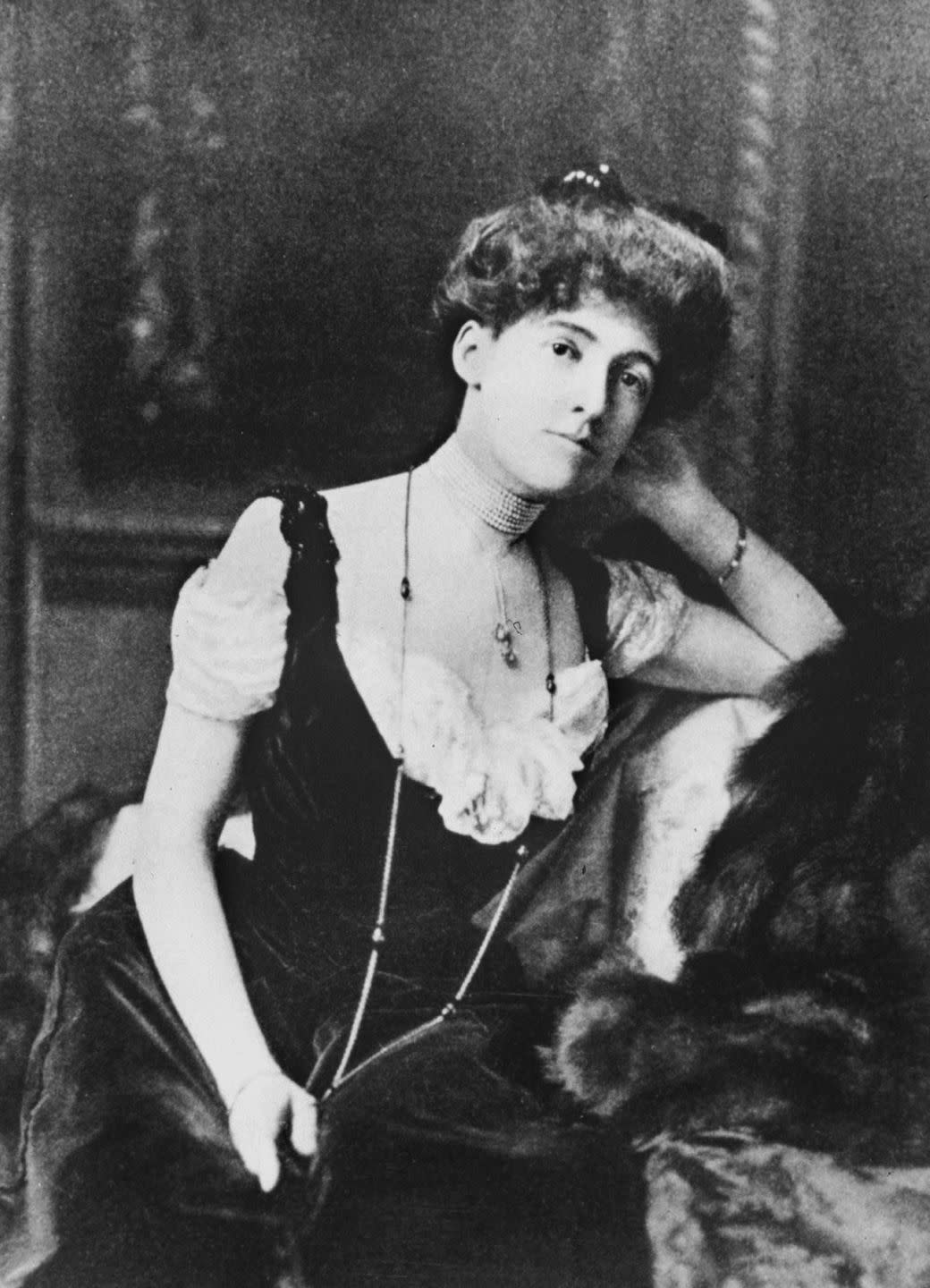
10. Edith Wharton became the first woman to win a Pulitzer Prize in 1921.
While Columbia University has awarded Pulitzer Prizes for more than 100 years, only 31 of them have been given to women — Edith Wharton was the first. In 1921, she won the coveted award for her 1920 novel The Age of Innocence. The book has inspired several stage and screen adaptations, including the popular Gossip Girl series of books.
11. Eleanor Roosevelt held all-woman press conferences.
The First Lady held the first press conference for women reporters on March 6, 1933. She would cover issues “of special interest and value to the women of the country,” according to the National Women's History Museum. Over the next 12 years, she held 348 press conferences for women reporters.
12. Rosalind Franklin’s research led to the discovery of DNA
Lifelong researcher Rosalind Franklin discovered the existence of a helix formation made of molecules during her research on X-ray diffraction in 1951. Two years later, James Watson and Francis Crick used her discovery to uncover the existence and structure of DNA — a double-helix polymer.
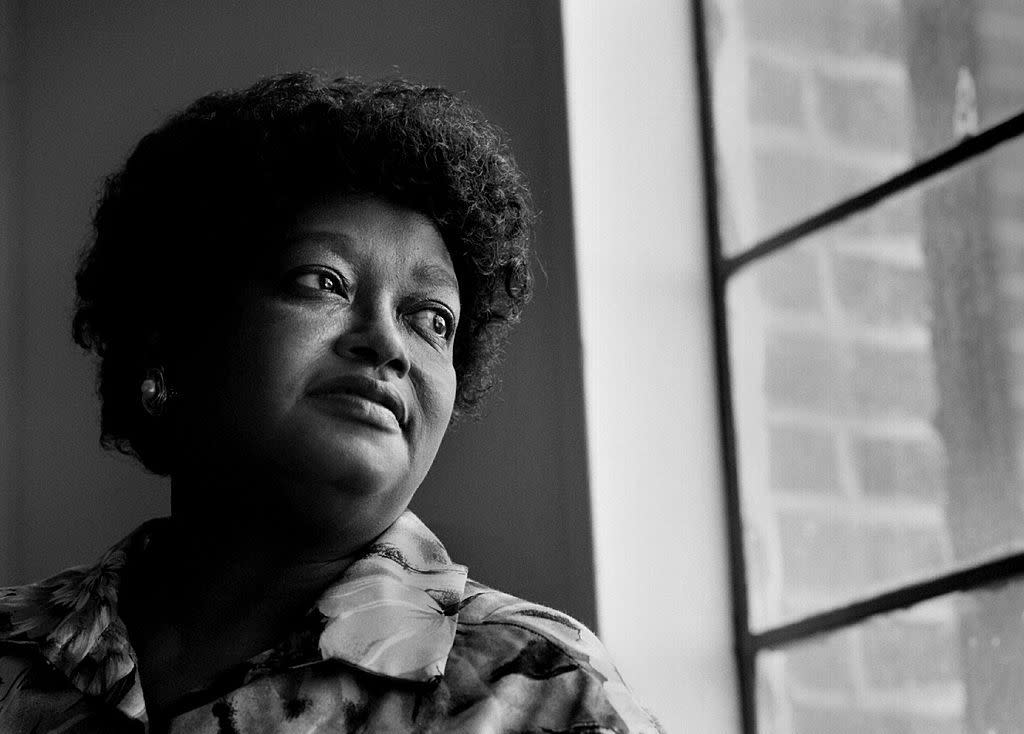
13. Claudette Colvin refused to give up her bus seat 9 months before Rosa Parks did.
Rosa Parks' contributions to the Civil Rights Movement are undeniable. But nine months before she refused to give up her seat on a bus for a white person in Montgomery, Alabama, 15-year-old Claudette Colvin did the same thing on the same bus system. But Colvin isn't widely recognized for her act. On March 2, 1955, the day she was arrested, she had been learning about Black history at her school. "My head was just too full of black history, you know, the oppression that we went through," she told NPR in 2009. "It felt like Sojourner Truth was on one side pushing me down, and Harriet Tubman was on the other side of me pushing me down. I couldn't get up." She was one of the plaintiffs in Browder v. Gayle, the case that ended up overturning bus segregation laws in Montgomery.
14. The FDA announced its approval of “The Pill,” the first birth-control drug in 1960.
Women's reproductive rights have and continue to be a controversial topic. It was just five years after the pill was approved for use as a contraceptive in 1960 that birth control became legal nationwide in a precedent set by Griswold v. Connecticut.
15. Geraldyn "Jerrie" Cobb was the first woman to pass astronaut testing in 1961.
But Jerrie wasn't allowed to travel to space due to her gender. She testified on Capitol Hill in 1962, saying, “We, women pilots, who want to be part of the research and participation in space exploration are not trying to join a battle of the sexes,” according to the New York Times. “We see, only, a place in our nation’s space future without discrimination.”
However, John Glenn, the first American to orbit Earth, opposed her. He said "it is just a fact" that women don't do certain things that men do, such as go to war and fly airplanes. “The fact that women are not in this field is a fact of our social order,” he said.
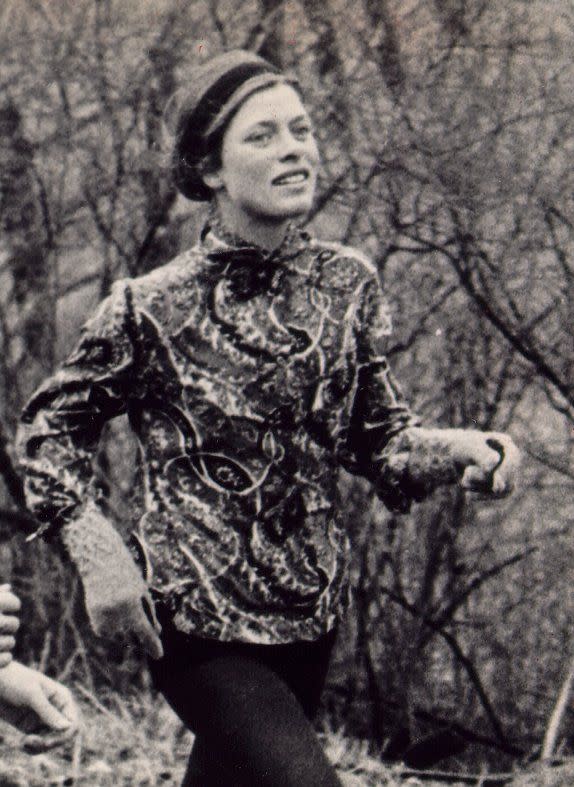
16. Bobbi Gibb was the first woman to run a marathon
After signing up for the Boston Marathon in 1966, Bobbi was disqualified from the race because of her gender. She received a letter of rejection that stated women were “not physiologically able to run a marathon.” In fact, women were not allowed to run more than 1.5 miles at the time because they were a “liability,” according to the Amateur Athletics Union. On the day of the race, Bobbi hid in a bush near the starting line and secretly joined the race, finishing in three hours, 21 minutes, and 40 seconds, becoming the first woman to run a marathon at just 23 years old.
17. Shirley Chisholm was the first Black woman to be elected to the United States Congress in 1968.
In addition to becoming the first Black woman to be elected to Congress, Shirley Chisholm was also the first woman and African American to seek the nomination for president of the United States from one of the two major political parties in 1972. Her autobiography, Unbought and Unbossed highlights her bold, no-holds-barred attitude and outspoken advocacy for women and minorities during her seven terms in the U.S. House of Representatives.
18. Katharine Graham became the first woman CEO of a Fortune 500 company in 1972.
Women have shattered countless glass ceilings and continue to break barriers in business. In 1972, Katharine Graham became the first woman CEO of a Fortune 500 company. It was under her leadership that The Washington Post broke one of the world's biggest scandals: Watergate.
19. Women couldn't get credit cards on their own until 1974.
When you think about it, that wasn't even that long ago, which is just mind-blowing. Until Congress passed the Equal Credit Opportunity Act of 1974, women couldn't get credit cards in their own name. Often, they had to bring a man along to co-sign for them, according to Smithsonian Magazine. Legal work done by late Supreme Court Justice Ruth Bader Ginsburg laid the foundation for the Equal Credit Opportunity Act, as well as many other basic rights women have today. Justice Ginsburg fought for the ability to attend state-funded schools, protection from pregnancy discrimination at work, and the ability to serve on juries, according to USA Today.
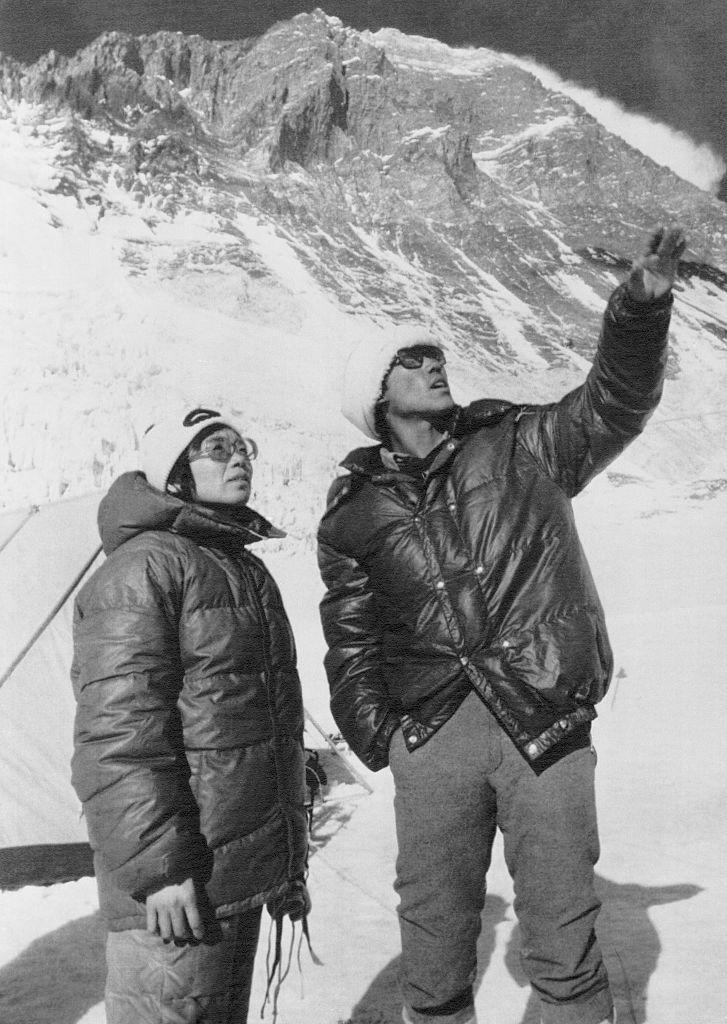
20. Junko Tabei was the first woman to summit Mount Everest and climb the Seven Summits
Despite being struck by an avalanche during her climb, editor and piano teacher Junko Tabei topped Mount Everest on May 16, 1975. She was the 36th person to summit Everest and the first woman. She later went on to climb the highest peak on each continent, known as the Seven Summits, completing this goal in 1992: Kilimanjaro (1980), Mt. Aconcagua (1987), Denali (1988), Mt. Elbrus (1989), Mount Vinson (1991), and Puncak Jaya (1992).
21. About 20 years later, Sally Ride was the first woman in space — and the first gay astronaut.
Sally Ride became the first woman in space on June 18, 1983, when she flew on the space shuttle Challenger. It wasn't until her death that her obituary revealed she was gay; it referred to Tam O'Shaughnessy as her "partner of 27 years."
22. Aretha Franklin was the first woman inducted into the Rock & Roll Hall of Fame.
Known as the "Queen of Soul," Aretha Franklin was inducted into the Rock & Roll Hall of Fame in 1987. She's known for her rendition of Otis Redding's "RESPECT," and songs of her own such as “(You Make Me Feel Like) A Natural Woman." She was also involved in civil rights activism and performed at President Barack Obama's inauguration in 2009.
23. Kathyrn Bigelow is the first woman to win an Academy Award for Best Director.
On March 7, 2010, filmmaker Kathryn Bigelow snagged the Best Director Oscar for her 2008 film, The Hurt Locker. The critically-acclaimed film garnered six awards that night including Best Picture. Coincidently, she beat out James Cameron, her former husband, in the Best Director category for his film, Avatar, which was the presumed front-runner.
24. Malala Yousafzai is the youngest winner of a Nobel Peace Prize
Known for her opposition to the Taliban and fight for girls’ education, Malala became the youngest-ever winner of the Nobel Peace Prize in 2014. After being attacked on her way to school in 2012 for her outspoken ideas on education, Malala co-founded the Malala Fund with her father to bring awareness to and empower girls in their right to education.
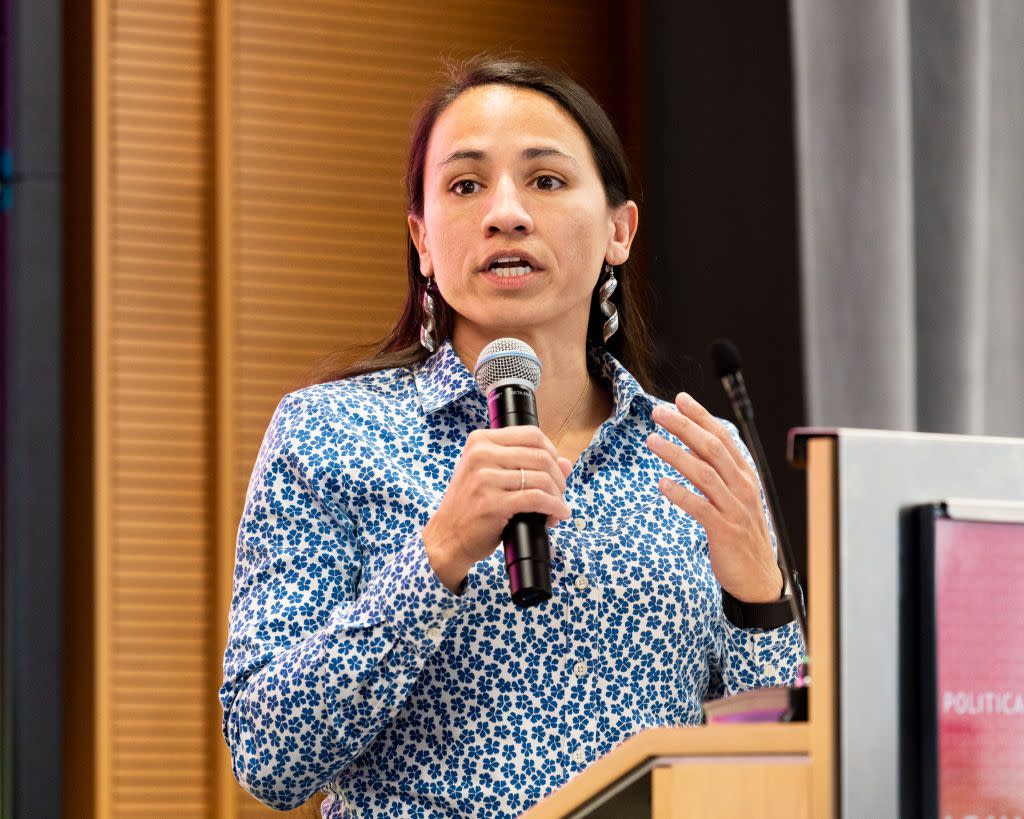
25. Women make up 27 percent of Congress.
One-hundred and forty-six women serve in the United States Congress out of 535 total members. Though the number of women representatives continues to rise, it's important to keep in mind that the United States population is 50.4% women, according to Census data.
26. Women outnumber men as they get older.
Women age 85 and older outnumber men by about 2 to 1, according to Census data from 2022. That's about 4.1 million women to 2.2 million men in the United States.
27. More women are earning college degrees than men.
Women are outnumbering men in the achievement of postsecondary degrees as well. According to 2021 data from the Education Data Initiative, 59% of women continued their education after high school, compared to 50% of men.
28. The gender pay gap still persists.
Despite the ever-growing number of women getting degrees, the gender pay gap has narrowed by less than half a cent per year since the Equal Pay Act was signed in 1963, according to Forbes. In 2022, women earned 82% of what men earned — a 2% decline from 2020, according to a Pew Research Center analysis of both full- and part-time workers.
29. Women of color are paid even less.
While White women are paid 82 cents for every dollar a man makes, that gap widens even more for women of color. According to 2022 research from the Pew Research Center, Black women earn 70 cents for every dollar while Latinx women earn 65. Asian women are paid the closest to men, earning 93 cents to a man's dollar.
30. Mothers are less likely to be hired.
Research shows that hiring managers are less likely to hire mothers than they are women without children. When they are offered jobs, women also face what is known as the "motherhood penalty," earning less money after they become mothers. However, there is evidence of a "fatherhood bonus," in which men who become fathers actually earn more.
31. Women make up 14 percent of active-duty military members.
Women also make up 23% of officers in the United States Coast Guard, 21% of officers in the Air Force, 8% of officers in the Marine Corps, 19% of officers in the Navy, and 19% of officers in the Army. It wasn't until January 2013 that the U.S. government lifted its ban on women serving in combat positions.
32. In 2021, 57.8 percent of all women participated in the labor force.
Nearly a million women returned to the workforce in 2021, compared to 666,000 men. According to The 19th, 3.3 million of all net jobs added to the economy went to women, while 3.1 million went to men. This, however, should not overlook the jobs women, in particular women of color, lost during the pandemic when responsibilities such as childcare often fell on their shoulders.
33. Women now outnumber men in the college-educated labor force.
In 2022, women accounted for more than half of the college-educated labor force in the United States, edging out men with 50.7%, according to Pew Research Center.
34. Less than 20 percent of the world’s land is owned by women
Land ownership has been dominated by men for as long as we can remember, and data shows that won’t be changing anytime soon. According to the United Nations Food and Agriculture Organization, less than 20% of the world’s land is owned by women. It’s worth mentioning that in many parts of the world, women are not allowed to own land due to social and legal opposition.
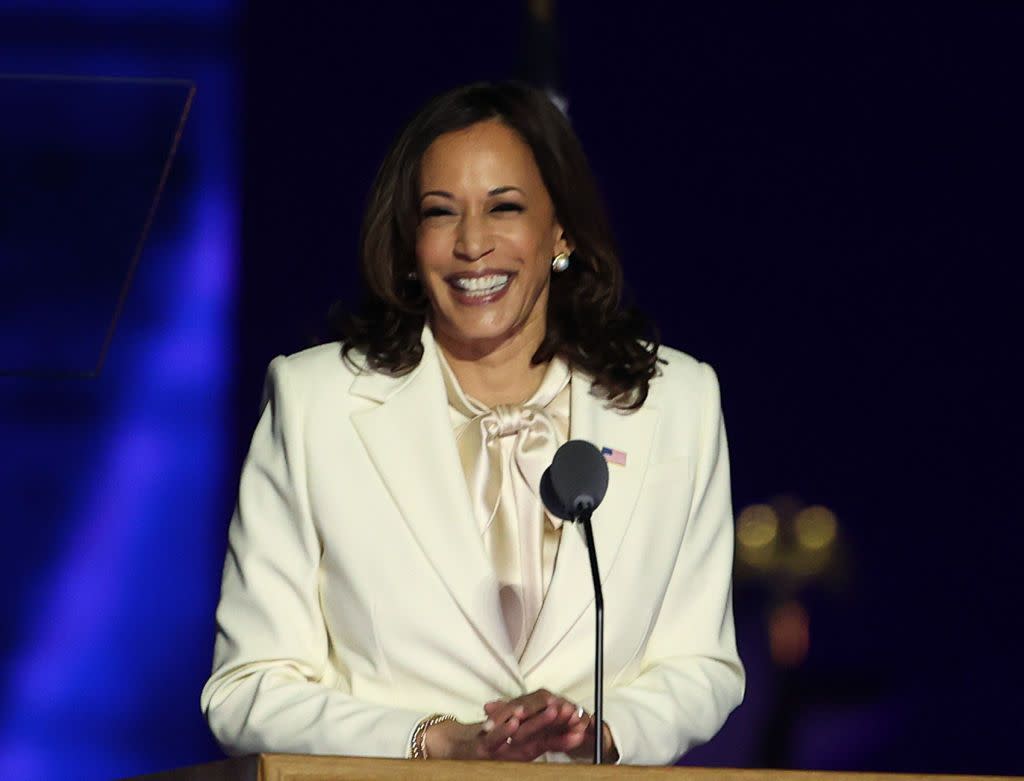
35. Kamala Harris is the first woman and woman of color Vice President.
After winning the 2020 presidential election with Joe Biden, Kamala Harris is making history as the first woman, first Black woman, and first Asian American vice president in U.S. history.
You Might Also Like
